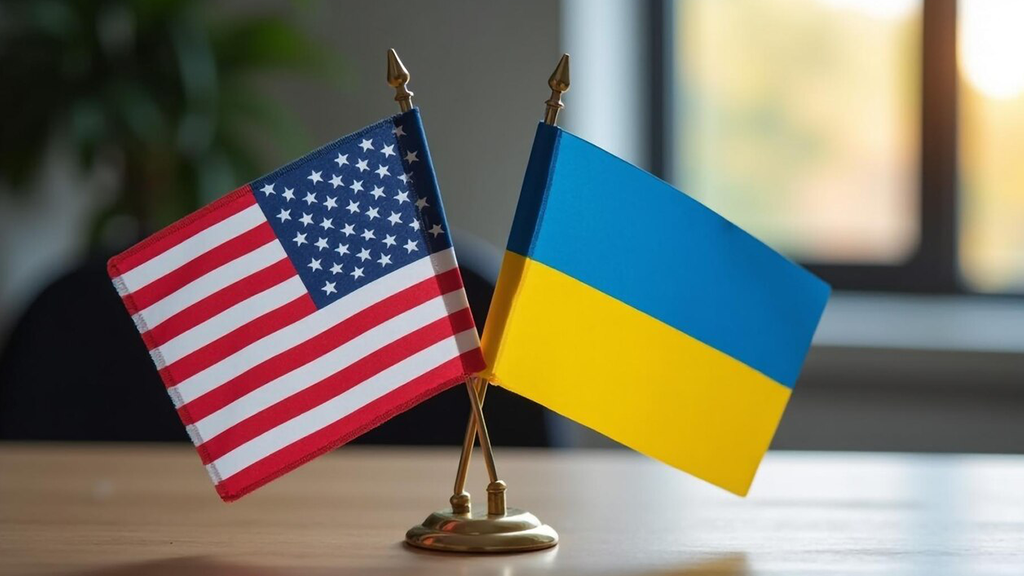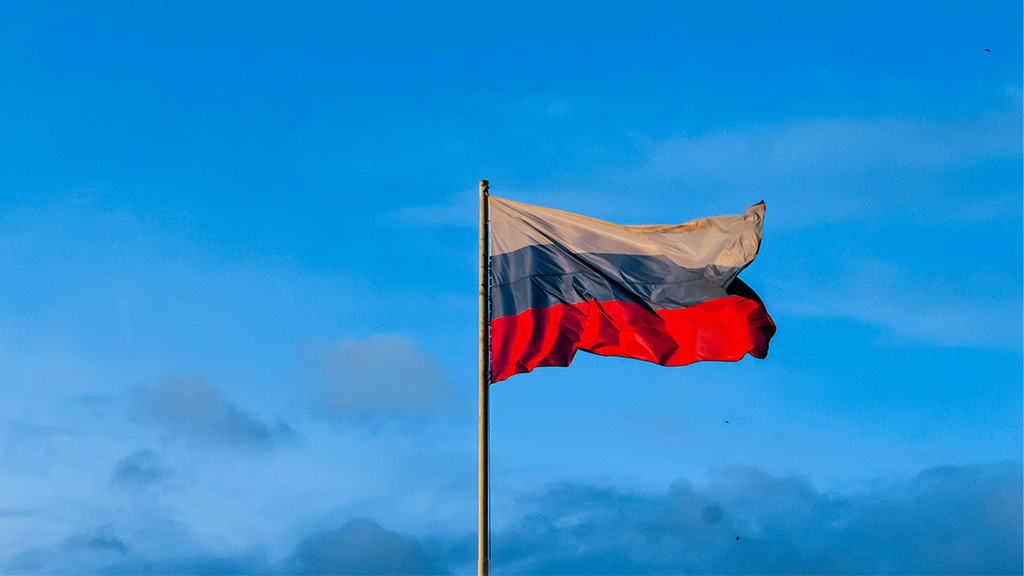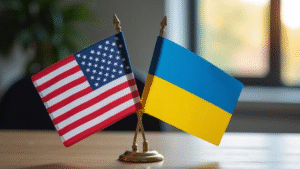

The Bank of Russia has surprised financial markets by maintaining its key % interest rate at 21%. This decision deviates from expectations of a potential rate hike and reflects the central bank’s cautious approach to monetary policy amid heightened economic uncertainty.
The decision to maintain the current interest rate level underscores the complexities of the Russian economy. While inflation remains a concern, ongoing geopolitical tensions and the impact of Western sanctions have created significant economic headwinds.
The Bank of Russia has implemented a tight monetary policy to combat inflation. The current interest rate of 21% is one of the highest in the world, reflecting the severity of the Russian economy’s inflationary challenges.
However, the central bank has acknowledged the potential negative impact of high interest rates on economic growth. By maintaining the current rate, the bank aims to balance the need to control inflation with the need to support economic recovery.
The decision to maintain the key interest rate has been met with mixed reactions from market analysts. Some analysts believe the central bank should have continued its tightening cycle to curb inflation further. Others argue that maintaining the current rate is prudent given the deteriorating economic conditions.
The Bank of Russia’s decision highlights the delicate balancing act faced by central banks worldwide as they navigate the current economic landscape. The interplay between inflation, economic growth, and geopolitical uncertainty presents significant challenges for policymakers.
The future direction of the Russian economy will depend on various factors, including the evolution of the geopolitical situation, the effectiveness of government policies, and the global economic outlook. The central bank must carefully monitor these factors and adjust its monetary policy accordingly.








© THE CEO PUBLICATION 2021 | All rights reserved. Terms and condition | Privacy and Policy